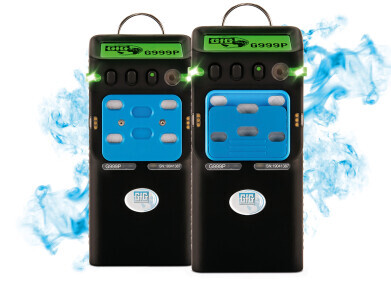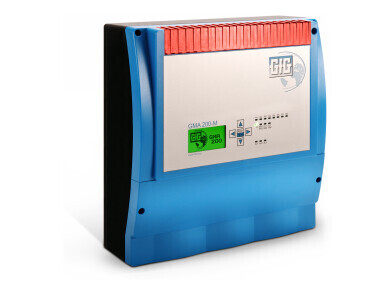Safety
Best practices in drum decanting and product transfers to feature at ACHEMA
Jun 07 2018
Emerson’s expert on blending and transfersolutions Ed Barth, will be speaking at ACHEMA on June 12 at 4.40pm about Best practices in Drum Decanting and Product Transfers. Ed is currently the General Sales Manager at Emerson Automation Solutions and based in Chicago.
In today's dynamic, speciality chemical market it is more critical to optimise operations and improve flexibility to maintain profitability. Blending specialty chemical products requires exacting process performance. To protect your operation’s profitability, you must overcome long and unpredictable blend cycle times and the need for excessive end-of-batch adjustments. Too many out-of-spec batches can have a significant impact on your margins, especially if you are also limited in your ability to meet changing market demand due to process limitations, manual operations, antiquated technology, or poor asset utilisation. Drum decanting of blend components and product transfers are two critical subsets of the blending operation that can improve quality and efficiency if best practices are applied.
Drum decanting involves transferring small volume drummed components into batches. These components often tend to be the most expensive in a batch and the hardest to dose in the batch. Manual handling of drummed additives can be labour intensive and prone to errors since operators traditionally manoeuvre heavy drums, measure the right amount, and transfer each additive into the blend. In addition, often times it difficult to fully utilise all of the raw materials in drums or accurately dose the correct amount of small volume components. Automatic drum decant units can ease and expedite the addition of drummed components into batches by automatically weighing and transferring the exact amount of component into the batch. In addition, these units automate all steps including cleaning. The design of these units are critical to ensure precise and efficient dosing. The key design elements of these units and the operational benefits they enable will be shared during the session.
Product transfers is another area with significant opportunities to reduce off- spec blends due to contamination and reduce cycle times. To ensure the full transfer of material and avoid cross-contamination, additional raw material is used to flush the lines. In addition to costly flushing operations, operators often perform product transfers manually by carrying and connecting heavy hoses from tanks to a switch board that could have up to 1,000 connection combinations. These manual operations are prone to product losses due to spillage and safety hazards when hoses become entangled. Using piggable valves and manifolds, you eliminate these challenges. These valves allow for automated, multiple successive product transfers through a single line without cross-contamination. Piggable valves can be part of the inlets or outlets of a piggable manifold, eliminating manual routing of product transfers. These solutions drastically improve operator safety and efficiency while eliminating contamination and product waste. The key design elements of these systems and the operational benefits they enable will be shared further during the session.
Digital Edition
PIN 25.1 Feb/March
March 2024
In This Edition Safety - The technology behind the ION Science Tiger XT - Safety with ammonia and LOHCs as hydrogen carriers Analytical Instrumentation - Discussion on new tribology te...
View all digital editions
Events
Apr 28 2024 Montreal, Quebec, Canada
Apr 30 2024 Birmingham, UK
May 03 2024 Seoul, South Korea
May 05 2024 Seville, Spain
May 06 2024 Riyadh, Saudi Arabia


.jpg)















